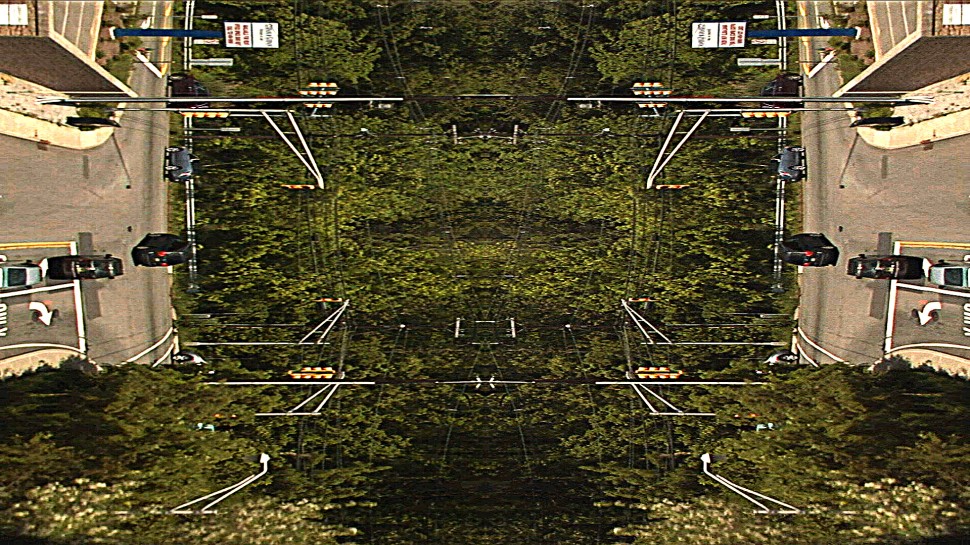



The Ever-Expanding Cinema of Ernie Gehr
Ernie Gehr (b. 1941) is one of the key filmmakers to emerge from the Structuralist Cinema movement that flourished in the 1960s and 1970s, led by celebrated artists such as Hollis Frampton, Paul Sharits and Michael Snow as well as, somewhat tangentially, Joyce Wieland and George Landow. Whether working in 16mm, video or, most recently, digital cinema, Gehr has steadily embraced the ethos of structuralist-materialist filmmaking by inventively exploring the material and experiential specificities of the evolving medium. Gehr has gone further still by ceaselessly reinventing the moving image itself to boldly challenge preconceived notions of cinema and habitual vision. From his earliest work, such as his now classic 16mm films Serene Velocity and Side/Walk/Shuttle, Gehr has used his camera and careful eye to dramatically transform everyday locations—in these cases, a university corridor and a glass hotel elevator, respectively—into zones where time and gravity seem to follow alternate rules, leaving the viewer deliriously unmoored. Gehr’s often playful formal rigor has been increasingly complemented in recent years by an engagement with history—most often the history of cinema and of cities. Frequently shooting on the streets of his adopted hometown, Gehr has found in New York City streetscapes an endless field of multilayered visual scenes that unfold in his films both as dazzling, vision-bending abstractions, and as meditations on the ceaseless cycles of destruction and construction that have locked the city in a state of perpetual transformation.
This two-program showcase of Ernie Gehr’s filmmaking over the past ten years begins with a pair of dazzling films, both works from longer series, which underscore the dialogue, active across his oeuvre, between Modernist Art and cinema. Sensations of Light 7 uses flicker effect to create an intensely animated return to a variation of sorts of Albers’ famous Homage to a Square, now using variable speeds and rhythms to generate a rich series of effects and aftereffects that ignite the screen. Agnes Martin, Barnett Newman and Bridget Riley, among others, are recalled in the mesmerizing linear abstractions of Auto-Collider XX, part of a long series made using footage shot while driving through the streets of San Francisco.
The other films in the program together give special emphasis to the urban focus of Gehr’s recent work. While Construction Sight uses slow motion and a low-fi soundtrack recalling his earlier Reverberation to observe uncanny patterns of movement and mirroring, Back in the Park observes the parallel world of shadows on a sun-drenched Manhattan day. It was on a certain Sunday in Paris that Gehr, meanwhile, filmed one of his most delightfully adventurous films using careful “cuts” to render the image into a fascinating turnstile of displaced perspective. Among the most beautiful and poignant of Gehr’s city films are three—Delirium, The Weather Report and Flying Over Brooklyn—that were made within steps from his Caroll Gardens home since the coming of COVID. Quiet works of resilience, the films affirm Gehr’s incredible resourcefulness as well as his understanding of vision itself as a creative and transformative art. – Haden Guest
The Harvard Film Archive is extremely happy and proud to welcome back Ernie Gehr for two evenings of recent films and conversations.



